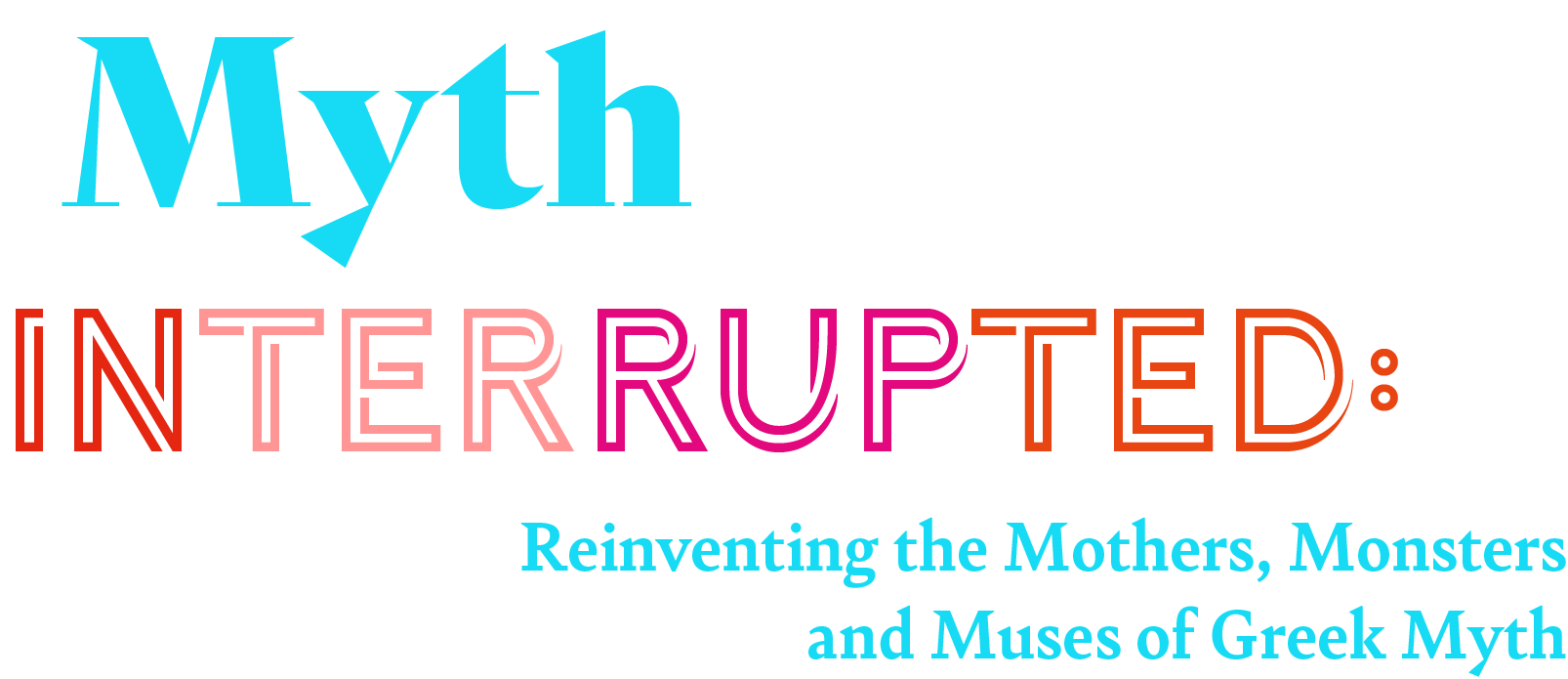We know medusa as the snake-haired monster whose murderous gaze turned men to stone: not the sexual abuse survivor who, cursed by a jealous God, hid from the world and was beheaded by a fame-hungry hero as she slept.
Medusa began life as a beautiful mortal woman, famed for her glorious hair. Due to these
lustrous locks, Poseidon (God of the Sea), took a fancy to her. In the Greek world, Gods gowhat they wanted, often by the most nefarious of means. The most popular version of the myth tells us that Poseidon raped Medusa, unwisely choosing a temple dedicated to Athene (Godess of War) for the location of his attack. This defilement of her temple was a great slight tothe goddess, who wrought revenge not by punishing the perpetrator, Poseidon, but instead by
transforming Medusa into a Gorgon. Replacing her famous hair with snakes, and giving her a stare that had the power to turn any living creature to stone, Athene ensured that Medusa guilty of nothing but being born a woman, would never tempt a man, or God, again.
Thus transformed, and unable to meet the gaze of another living creature without causing the immediate death, Medusa took refuge in a cave. Despite this, she was still unable to avoid the violent whims of men. Perseus, a Greek her famed for his destructive tendencies, selected Medusa as his next target. Creeping into her cave, and using his shield to look at her reflection, he decapitated her while she slept.
He then placed her head into a magic bag and was chased away by Medusa’s sisters. This is not the heroic act Medusa’s murder is traditionally painted as.
After decapitating Medusa, Perseus used her lethal head to wreak death and destruction on a far larger scale than Medusa herself did when her head was attached to her body. He battled giants and monsters, objectifying her image to the extent that she becomes only another weapon for this greek hero to kill with.
At the centre of this myth lies the enduring fear of the female gaze, and the havoc it can wreak. Perseus beheads Medusa in order to destroy this gaze. It is not difficult to observe the echoes of this narrative within our own present.
Again, we see the mirror of our society in Medusa’s plight: she is a survivor of sexual assault, metaphorically vilified, literally turned into a monster. Reframed as the perpetrator when she is consistently the victim. Blamed for her beauty, blamed for her gaze.
What we want to know is:
Who is Medusa today?
Continue exploring...
How to Apply
Please submit your proposals to contact.kleio.collective@gmail.com by 11:59PM SUN 22 AUGUST 2021 Sucessfull submission will be presented in an online exhibition on our website, here on www.kleiocollective.co.uk , launching in September 2021.
For more on how to apply, click the button below. ☟
The Open Call Guide is also available as a PDF. ☟
